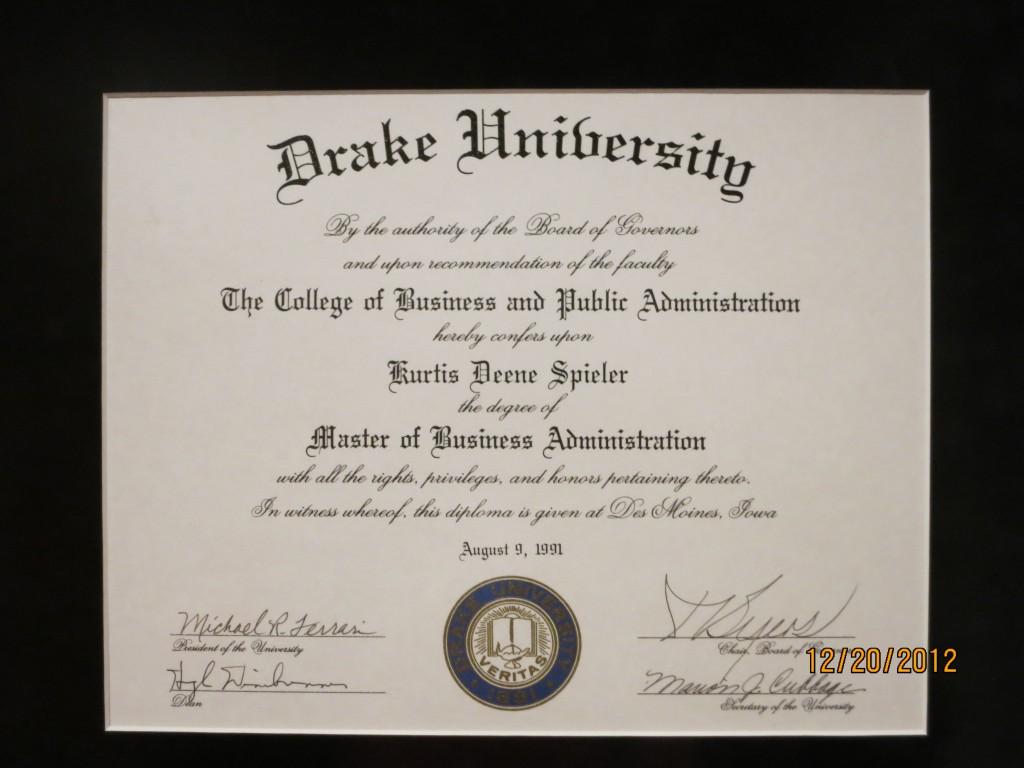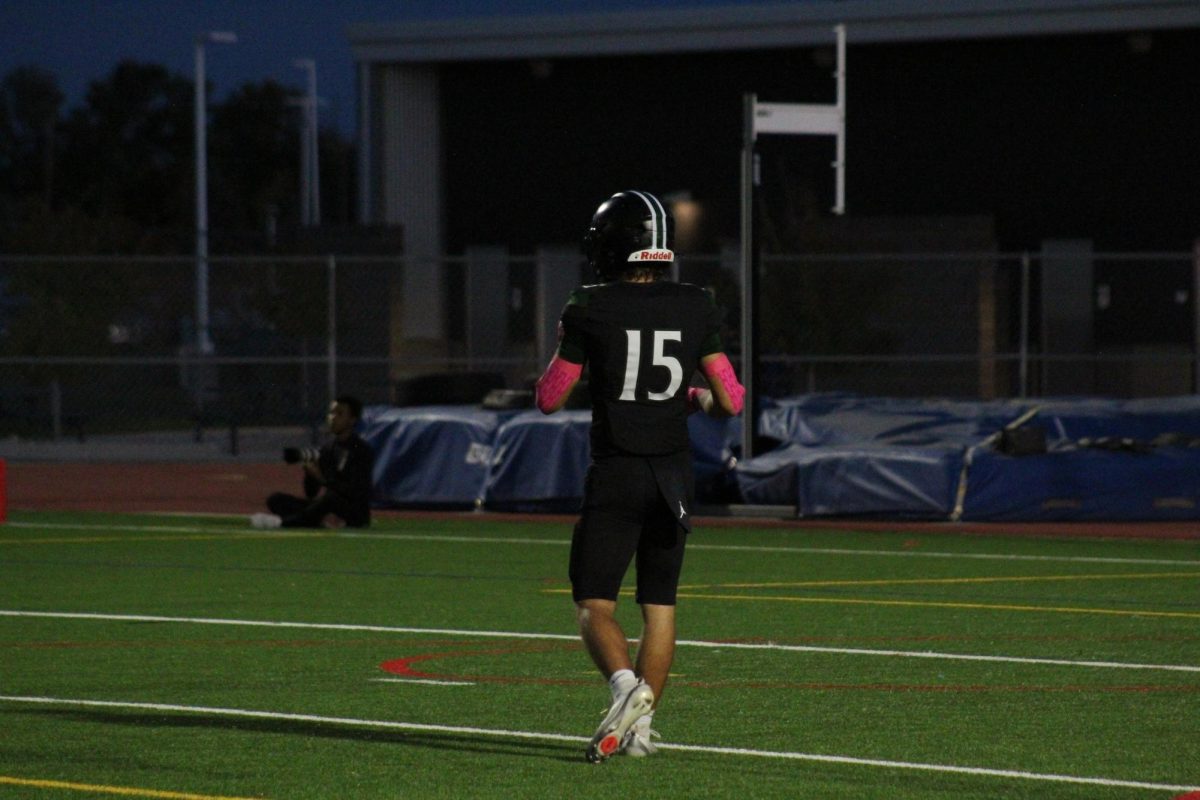Concussions and other head injuries are occurring more and more in student athletics across the nation. Concussions are a type of traumatic brain injury (TBI). According to the Centers of Disease Control, TBIs contribute to nearly 30.5 percent of all injury-related deaths in the U.S.
A concussion can be described as, suffering from temporary loss of consciousness caused by a blow to the head. Unfortunately the after-effects of these concussions are what have most people concerned for athletes universally. The after-effects of concussions can lead to loss of memory, communication disabilities and other equally severe brain damage that can be potentially permanent.
Most concussions result from sports and it is estimated by the Centers for Disease Control and Prevention that there are between 1.6 and 3.8 million sports-related concussions every year in the U.S.
Currently, the resentment toward the amount of concussions resulting from sports, particularly in the National Football League, has been largely due to a new study revealing that repeated head injuries can lead to depression. The most recent and influential case of brain damage affecting an athlete’s mental state is the death of Hall of Fame linebacker Junior Seau.
The renowned football player died after he had been suffering from severe depression. He took his life May 2, 2012 and it was later revealed by the National Institutes of Health that he, “suffered from chronic traumatic encephalopathy, the debilitating brain disease associated with football head trauma.”
In wake of the news, as many as 2,000 former players joined in a lawsuit. The NFL ended up settling the concussion-based lawsuit for $765 million. Unfortunately, the issue has resurfaced once again. Four former NFL players and three of their wives are suing the NFL and Riddell, a helmet making company. They state that they suffered repeated head injuries and were never treated properly.
Although many of the outcries are from professional athletes, concussions are occurring more in high school athletics as well. According to momstream.com, a website for parents about the dangers of sports, high school athletes sustain an estimated 136,000 to 300,000 concussions per year. According to the website, “For young people ages 15 to 24 years, sports are the second leading cause of traumatic brain injury behind only motor vehicle crashes.”
The cases of traumatic brain injuries have nearly doubled in the last decade and are continuing to rise. It is important to always report head injuries to coaches and medical professionals whenever they occur, no matter how minor. The results of traumatic brain injuries can leave permanent repercussions that may impact the lives of many.
For more information about concussions please visit the Centers for Disease Control and Prevention, or learn more about the prevention of these injuries through the Heads Up program, which is a program designed to practice safe football techniques.











